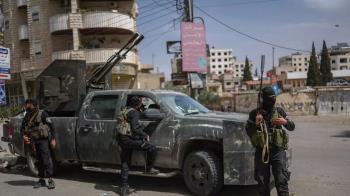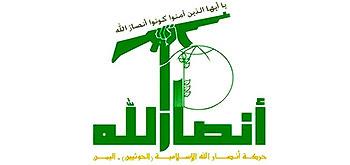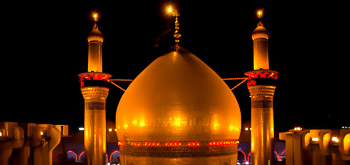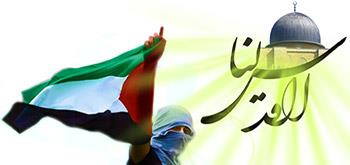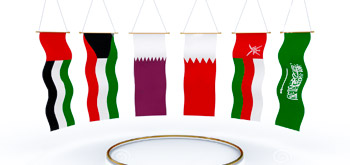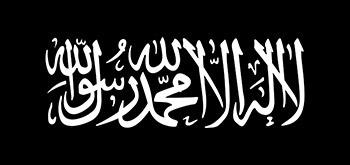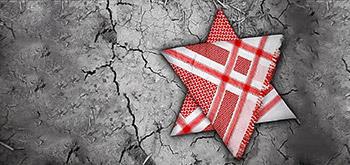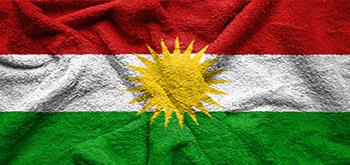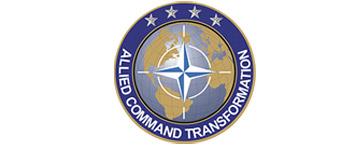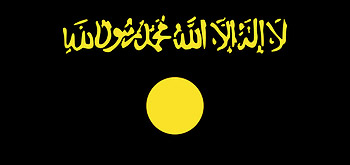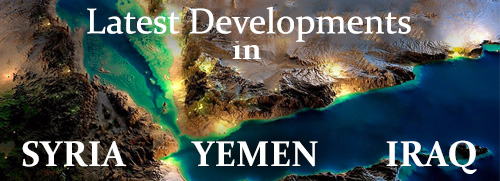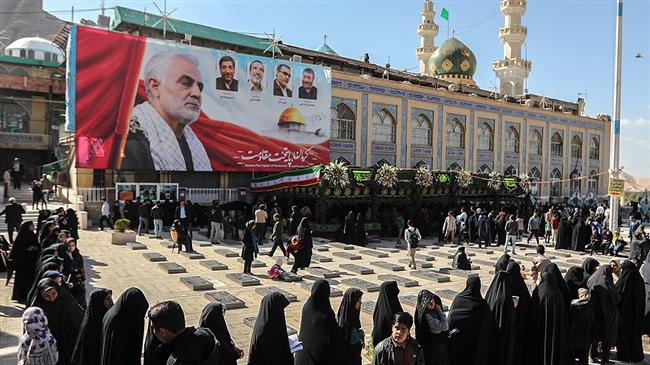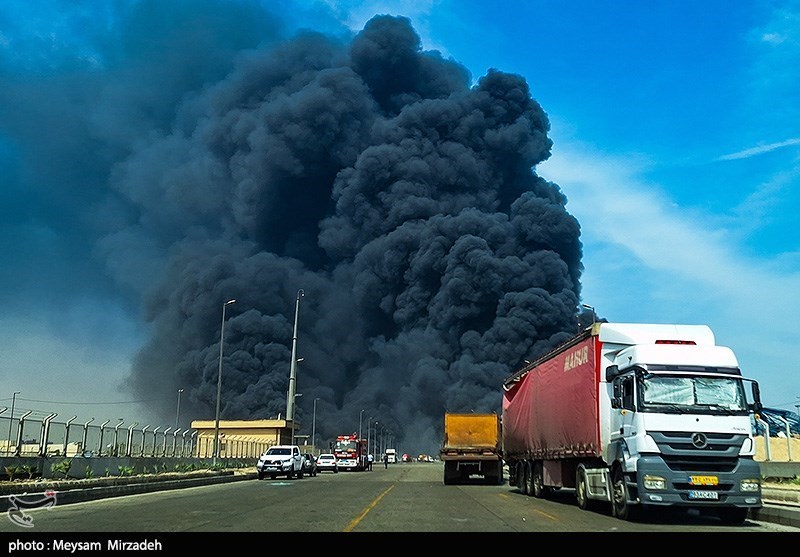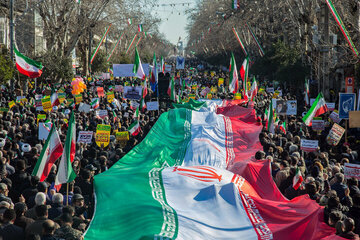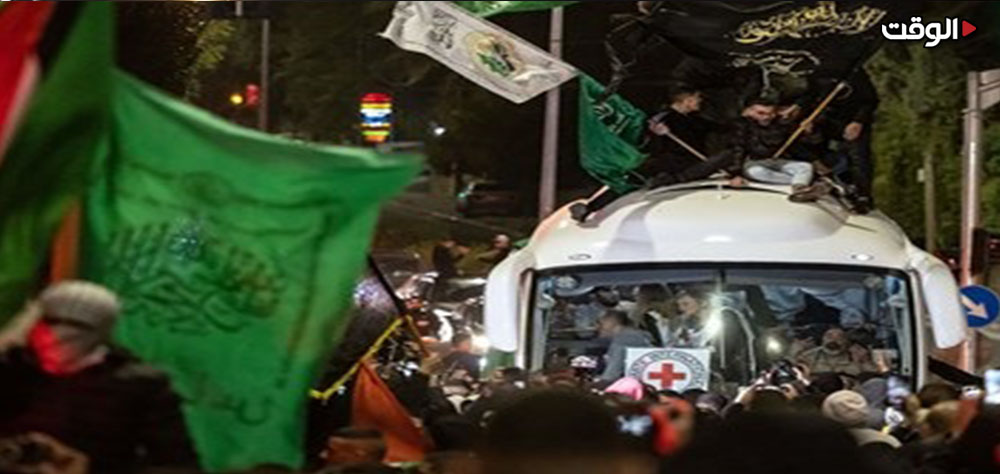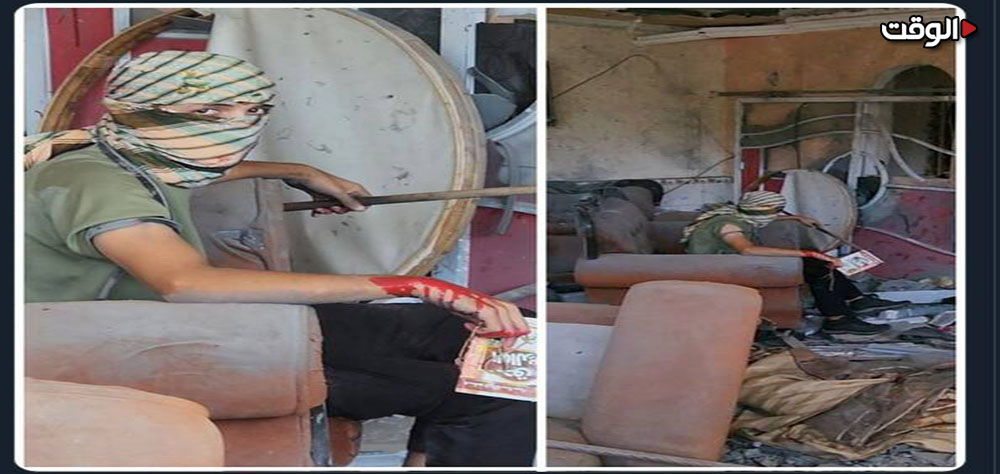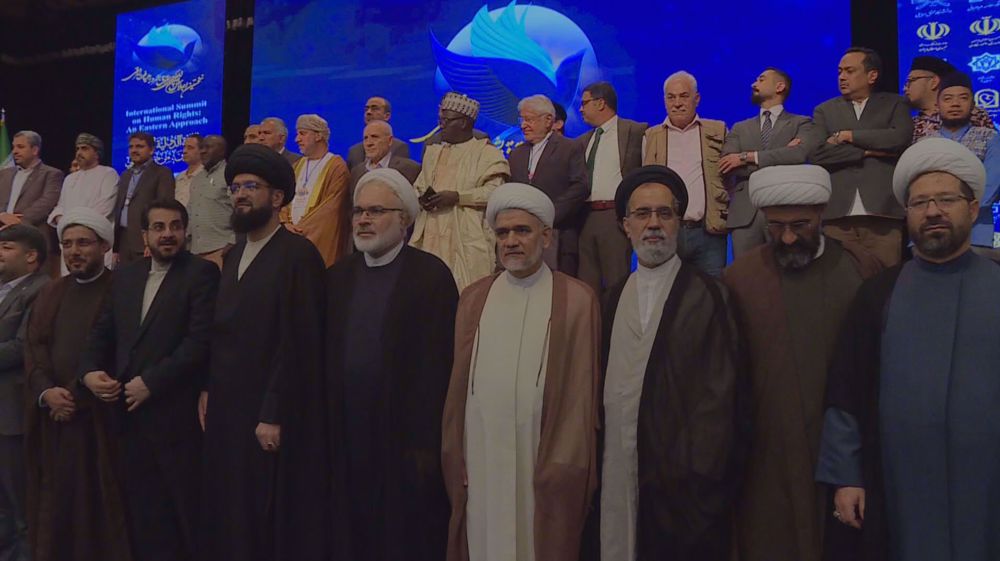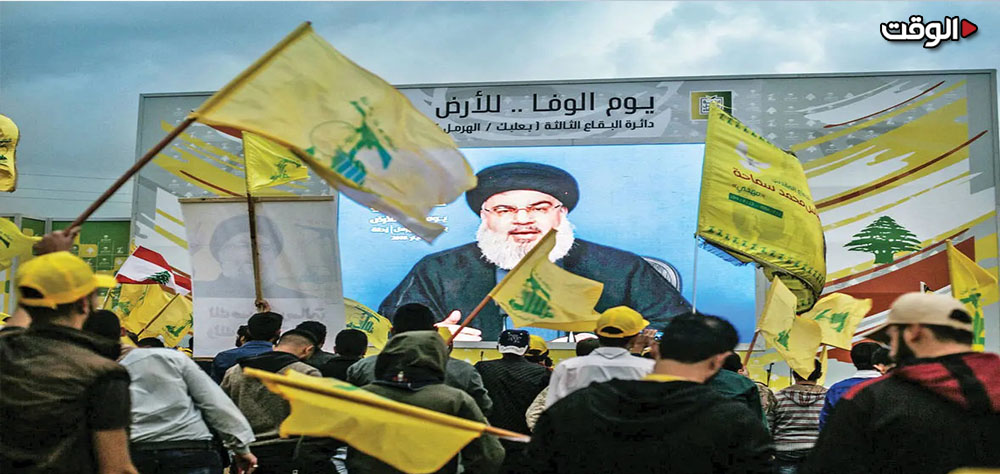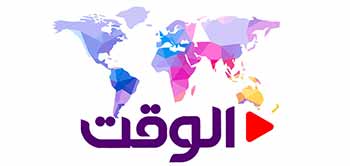Alwaght- Partial results of Iran’s 11th parliamentary elections show Principalists are leading across different constituencies, Press TV reported.
The initial results were published by Iranian media outlets from varying political backgrounds hours after voting ended on Friday midnight.
According to the Fars News Agency, principalists hold a clear lead in the capital Tehran, which has 30 seats in parliament.
Spokesman and secretary of the Interior Ministry’s elections committee, Esmail Mousavi said official constituency results will be announced later on Saturday.
“In certain constituencies, however, releasing results will take until Sunday due to the number of candidates,” he said.
Polling stations across the country had opened at 8:00 a.m. (0430 GMT) on Friday and were scheduled to close at 6:00 p.m.
Voting, however, was extended several times until midnight as people continued to go to the polling stations to cast their ballots.
Reformists were able to relatively dominate the previous parliamentary elections in 2016.
Observers have cited US withdrawal from the 2015 Iran nuclear deal, Washington’s sanctions, and economic pressure during the government of President Hassan Rouhani – largely supported by reformists – as possible reasons for a decline in popularity of the reformists.
Washington's assassination of top Iranian General Qassem Soleimani in early January has also greatly influenced discussions regarding the parliamentary elections.
Voters could be seen holding portraits of the top general on Friday.
Image shows voters in a polling station in the city of Birjand in the South Khorasan Province on February 21, 2020. (Photo by Tasnim)
"I am here to vote. It is my duty to follow martyr Soleimani's path," said a young voter speaking to Reuters at a cemetery where General Soleimani is buried in his hometown city of Kerman.
More than 7,000 candidates competed for 290 seats during Friday's elections.
A total of 57,918,000 people were eligible to cast their ballots. One lawmaker at Majlis will on average represent a 190,000-strong segment of the Iranian population.
A winning candidate must have at least 20 percent of the votes cast in their constituency in order to become a lawmaker for a four-year term.
A second round of parliamentary elections may be held for undecided seats in which candidates have failed to reach the required percentage.

